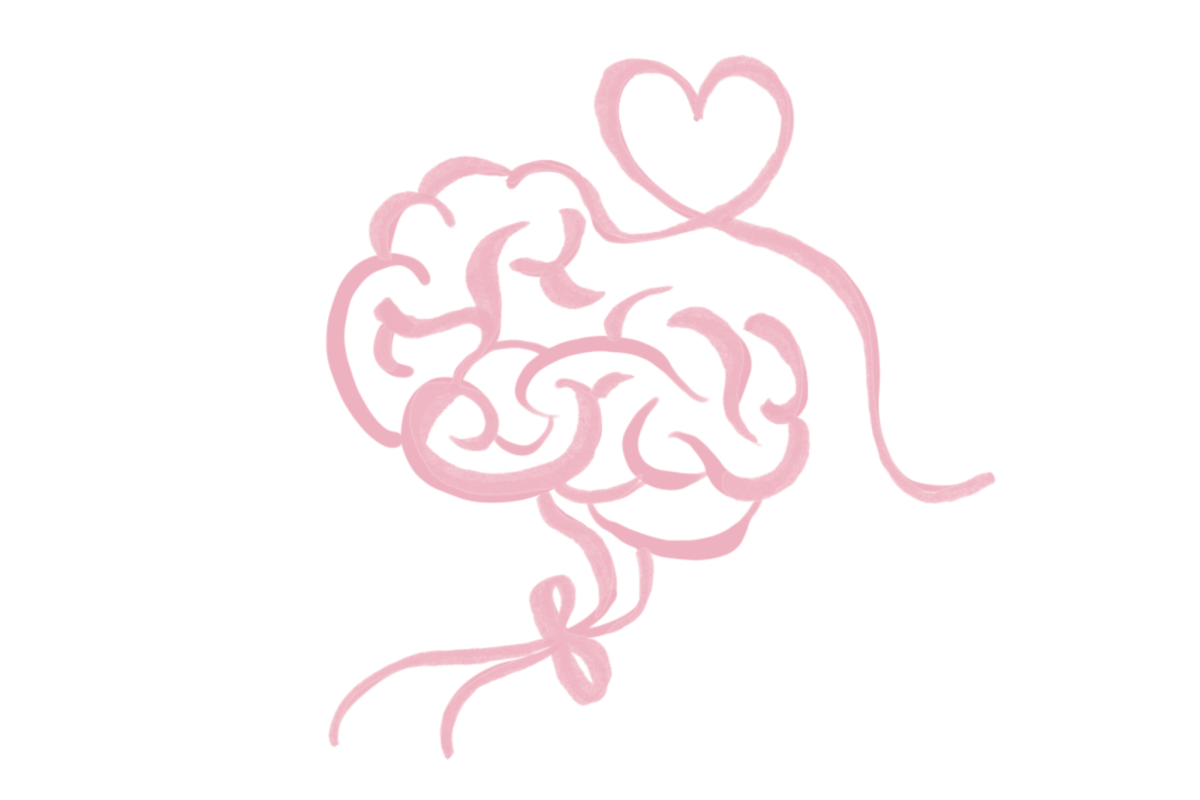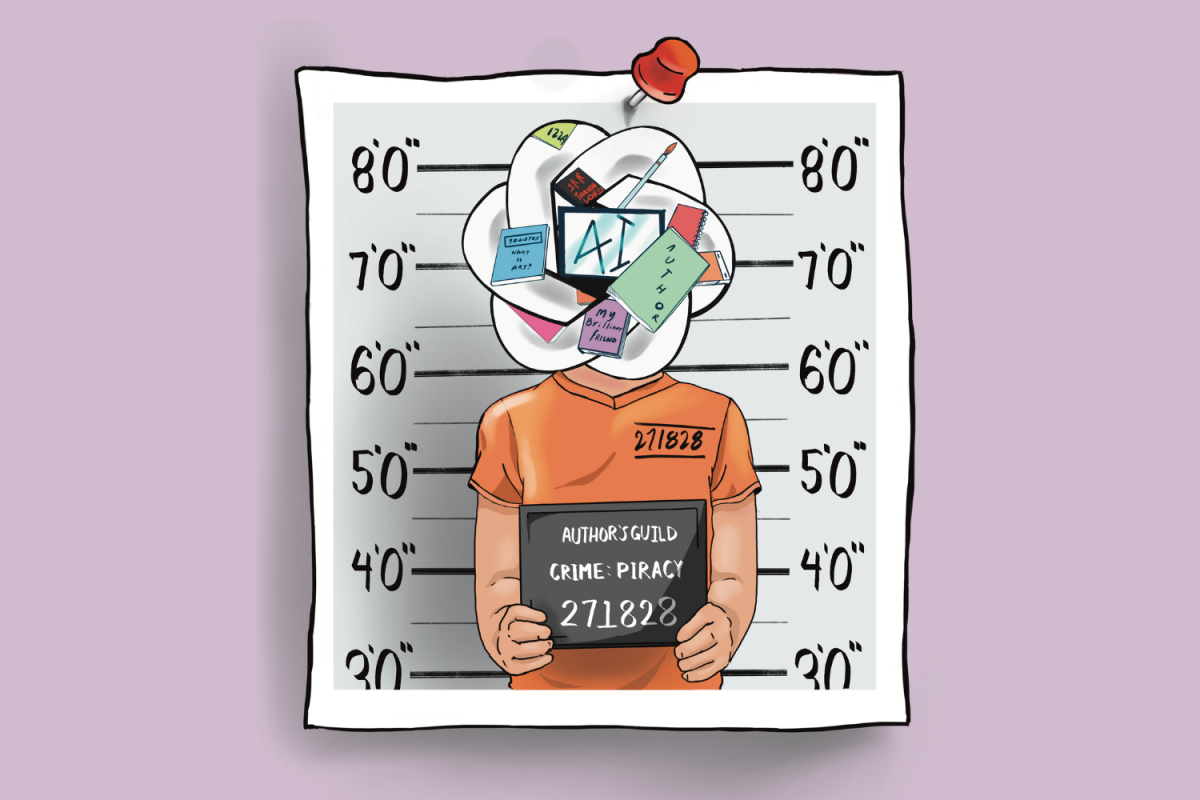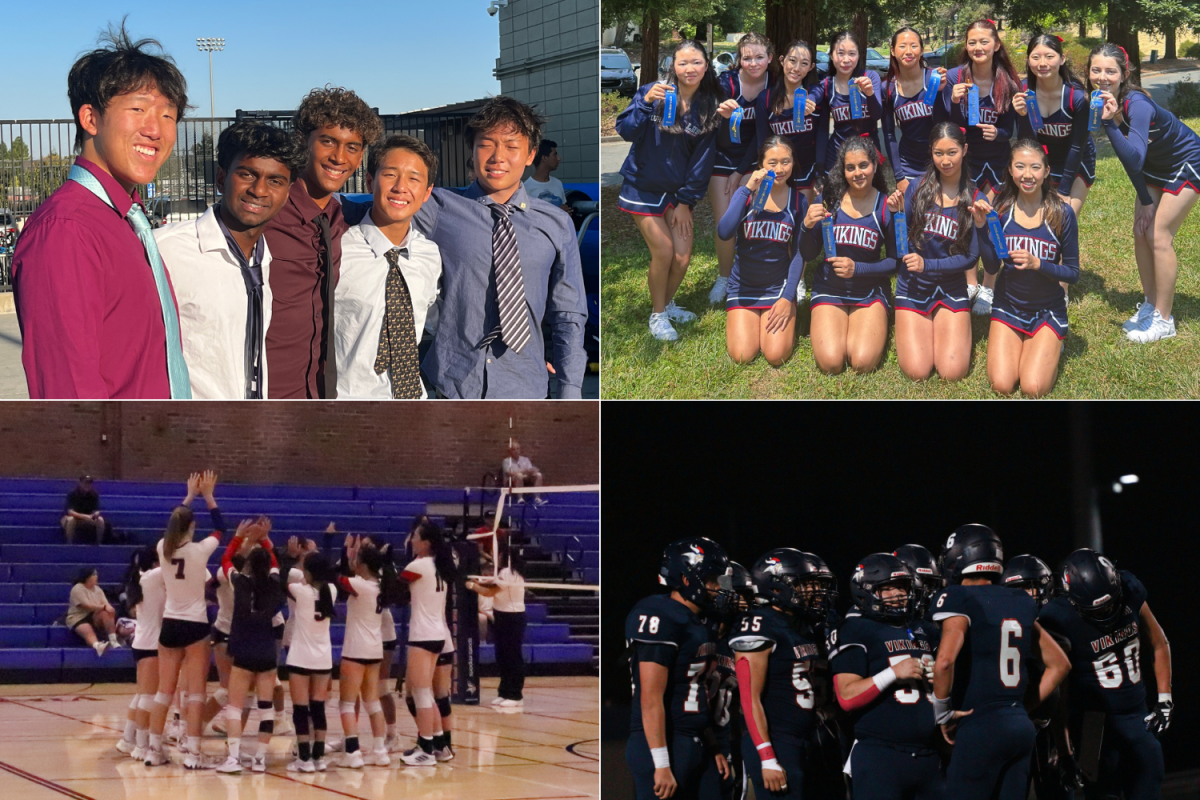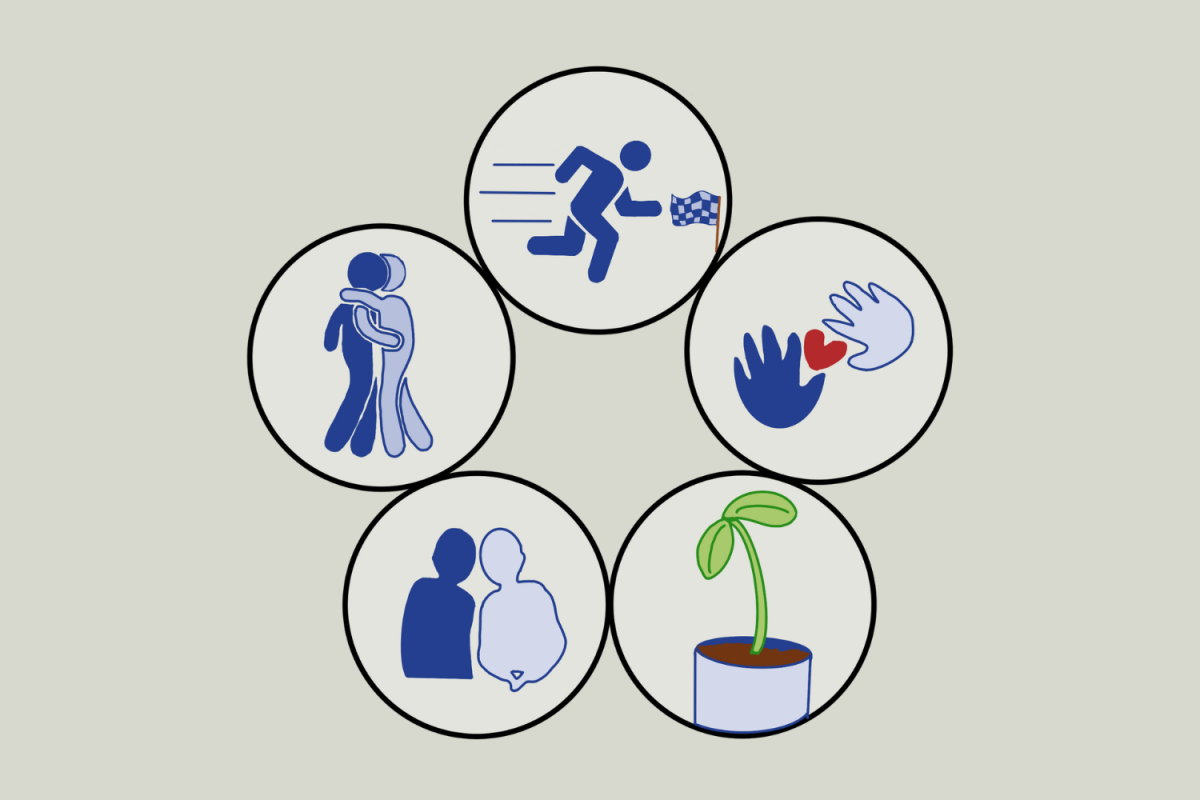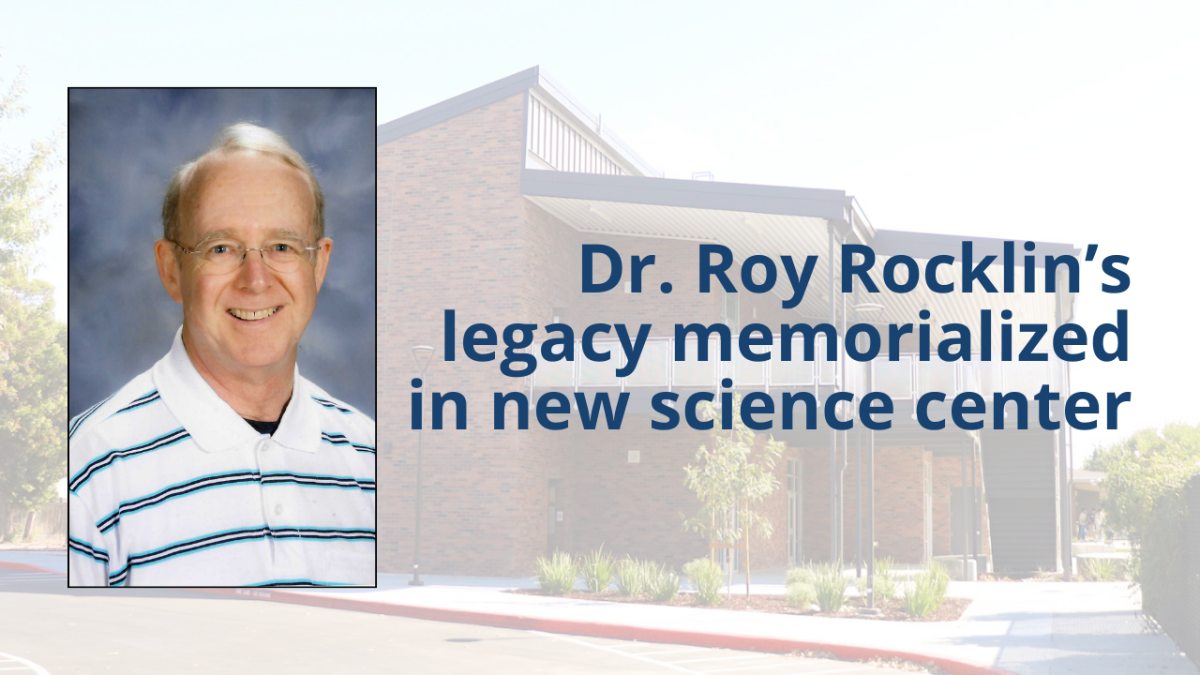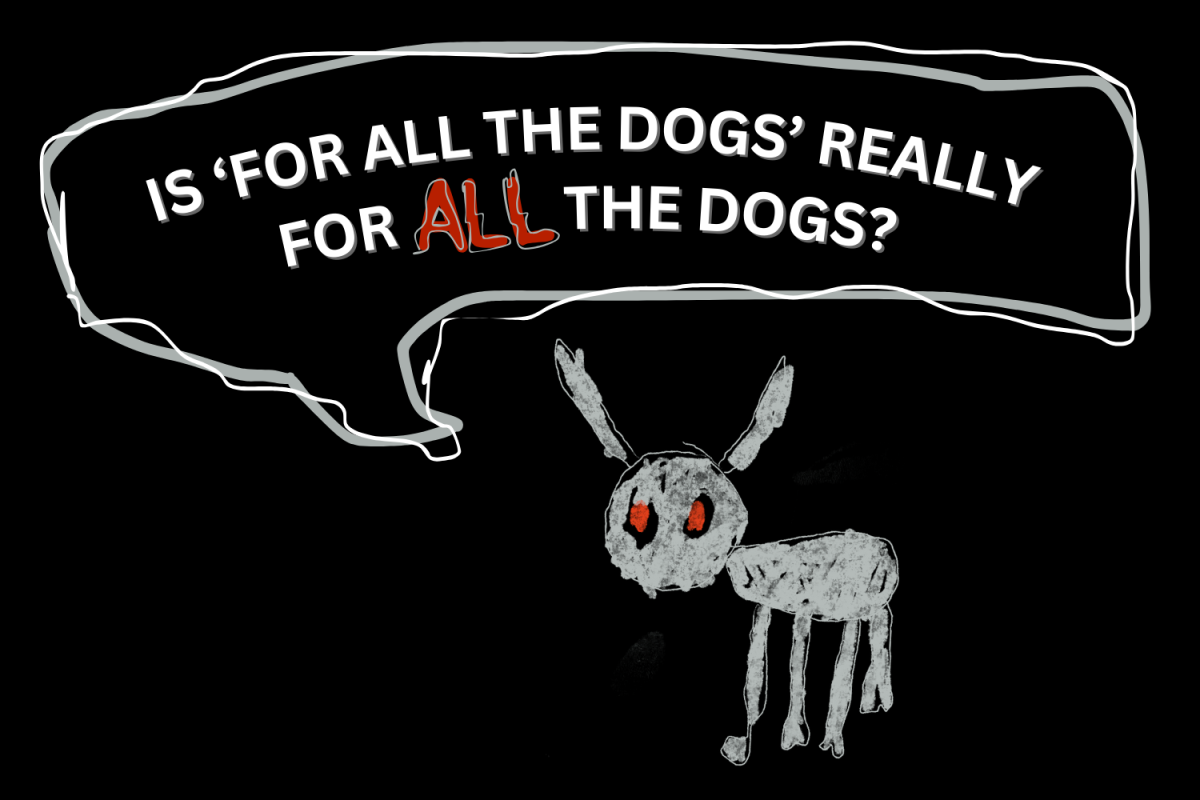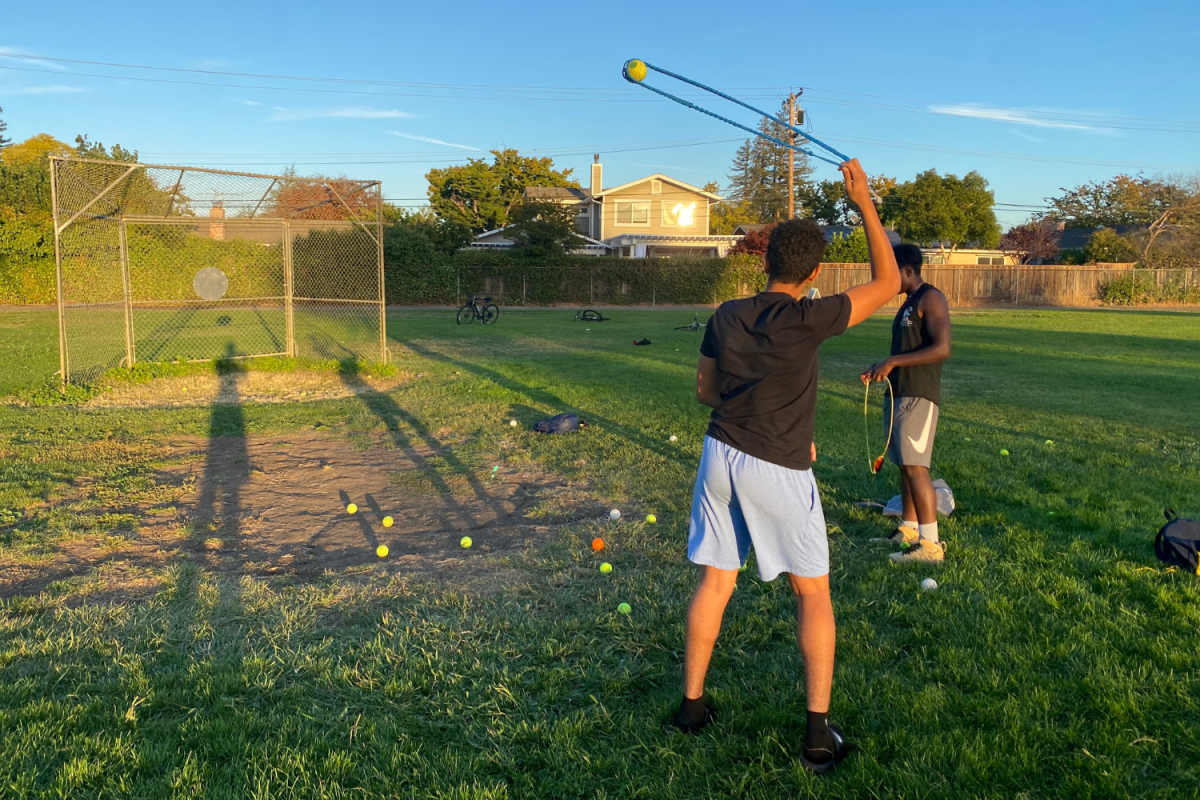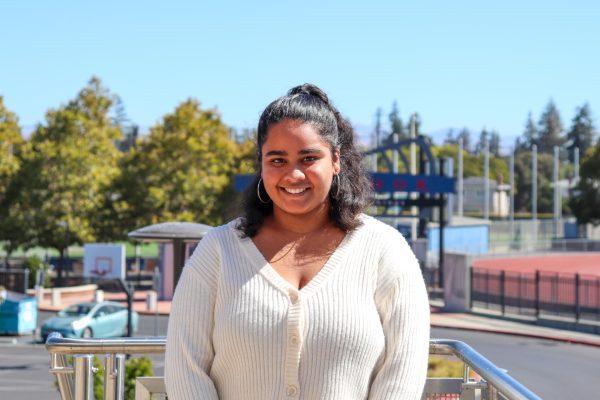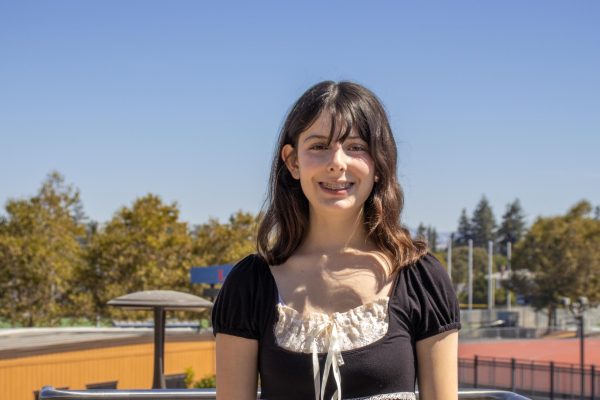Your heart rate quickens. A tingling shiver of electricity runs down the back of your neck when you see them. As they come closer to you, your stomach flips and a knot forms in your throat. Your breath catches in your chest as your pupils dilate and your face begins to flush red. You’re in love, but why?
There are four typically defined psychological stages of love: euphoria, early attachment, crisis and deep attachment. Separate from the biological levels of love, these stages typically indicate important timelines of romantic relationships.
In the initial euphoric stage of love, partners are mentally and physically inseparable. This period, typically spanning between six months to two years, is characterized by an overwhelming sense of infatuation between each partner. Each interaction has a heightened emotional intensity, creating the excitement of the early phase of romantic connection.
“I still have the same intense feelings toward him that I felt in the beginning of our relationship,” said senior Estella Oh, who has been in a relationship for a month and a half.
Following the euphoria stage, the early attachment stage is marked by heightened dopamine levels. It emphasizes the establishment of a deep emotional connection between partners. The intense emotional bond created in this phase lays the foundation for an evolving dynamic of the relationship. However, this stage is often misunderstood as a stage of more stable, deeper attachment — especially by young couples.
The end of the early attachment stage marks the beginning of arguably the most important stage in a romantic relationship: the crisis stage. This phase frequently acts as a critical deciding point of many relationships, where partners demand resilience and adaptability from each other. Couples navigate emotional challenges, testing the strength of their connection. This stage requires a conscious dual effort to overcome obstacles and reinforces bonds that will either unravel or solidify the relationship.
“I think communication plays a huge role in understanding your partner’s interests and thoughts,” senior Janhavi Venkatesh said. “Understanding how they communicate and how to interpret them is necessary to make sure nobody is uncomfortable.”
In the expression of love, people often refer to five types of love language expression: physical touch, gift-giving, words of affirmation, acts of service and quality time.
A person with physical touch as their primary love language feels love through physical affection, such as holding hands or hugging. For someone who uses and responds to gift-giving, the exchange of gifts indicates love and affection. They treasure not only receiving the gift but the time and effort their partner puts into it. Words of affirmation refer to expressing affection through spoken words, praise or appreciation. Acts of service are nice things partners do for each other to make them feel appreciated, such as helping with household chores. Someone with quality time as their love language usually wants time of undivided attention where their partner is present and focused on them.
Senior Nachiket Joshi and Empress Ming have learned a lot about each other and relationship after being together for four years.
“I think that everyone has a little bit of every love language,” Ming said. “But something Nachiket and I try to do is love each other in the other’s preferred language.”
The calm after the storm happens in the deep attachment stage, a phase pivotal for lasting relationships. Couples, having intimately known and understood each other through the previous stages, are able to enter a stage of profound connection. The deep attachment stage is characterized by a sense of security and mutual understanding, where partners are able to handle crises with shared reliance and love.
Between these stages of love lies the biological foundation of love in hormonal processes and evolutionary tendencies. There are three established biological levels of love: lust, attraction and attachment.
Lust is primarily driven by the innate human desire for sexual gratification. Stemming from the biological drive to reproduce, it originates in the hypothalamus of the brain, which stimulates the production of the sex hormones testosterone and estrogen from male testicles and female ovaries.
Attraction involves neural pathways that control “reward” behavior where neurotransmitters such as dopamine, norepinephrine, and serotonin play important roles in facilitating infatuation and euphoria.
Attachment is the predominant factor in long-term relationships. The neurotransmitters oxytocin and vasopressin are released in large quantities when partners are in this stage of love. This stage marks the end of the infamous “honeymoon phase” of a relationship, in which the initial feelings of complete infatuation are subdued.
“When I started dating Empress, she was perfect in my head,” Joshi said. “Now I know that she’s obviously not perfect, but that makes her better to me. She feels more like a person now rather than just an idea.”
Despite the seemingly boundless happiness that love provides to the brain, love also accompanies many negative emotions and moods depending on the stage of love. The same hormones that motivate attraction in turn increase the chances of jealous or irrational feelings and behaviors.
Creating lasting relationships is a delicate balance of honest and open communication, mutual trust, and a deep respect for each other’s individuality. Relationships thrive when couples develop the ability to adapt to challenges they might encounter. Understanding how love thrives under proper navigation and understanding each stage facilitates these lasting relationships.






















































